Top Lists
Top Most Colourful Cities in the World
These Colourful Cities have a rich history and culture in addition to being visually Beautiful. These cities’ colours frequently have…
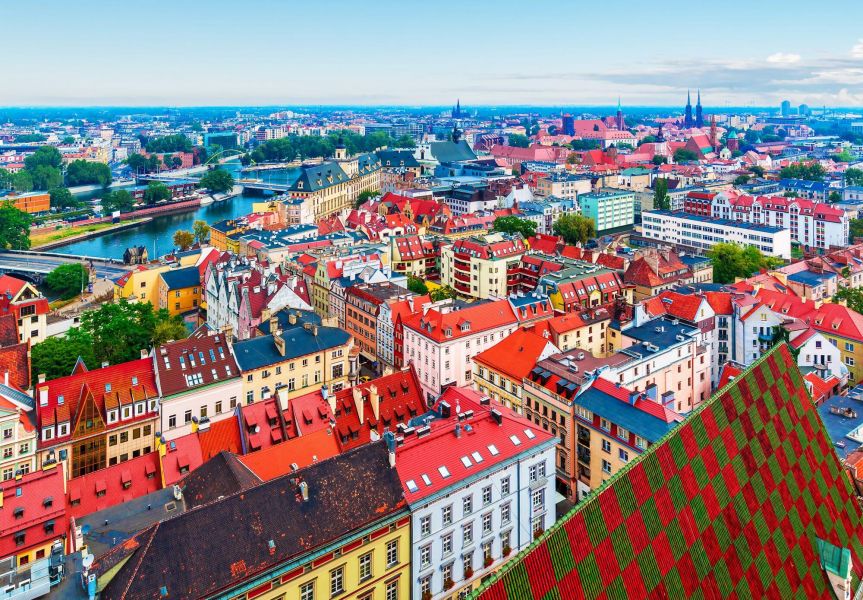
When planning your next vacation, choosing the spots with the most colour might not be your first priority. But after visiting these 10 cities, you might find yourself questioning everything you thought you knew about making travel arrangements. Why not let yourself be submerged in a world of vivid colours? After all, many vivid hues can actually have a positive psychological effect on you and make you feel happier, more at ease, or even more attentive.
These cities have a rich history and culture in addition to being visually gorgeous. These towns’ colours frequently have symbolic implications, and they can reveal a lot about the inhabitants.
Another illustration of how colour may be used to evoke a feeling of exhilaration and enthusiasm is found in the pastel-coloured houses of Burano. The fisherman who lived there is credited with inspiring the hues of the homes in Burano. The fishermen would mark their boats with various coloured sails, and this practice eventually gave rise to the vibrant residences that we see today.
Are you prepared to learn more about them? Look at the list below, which is listed below.
Top Most Colourful Cities in the World
1. Rio de Janeiro, Brazil
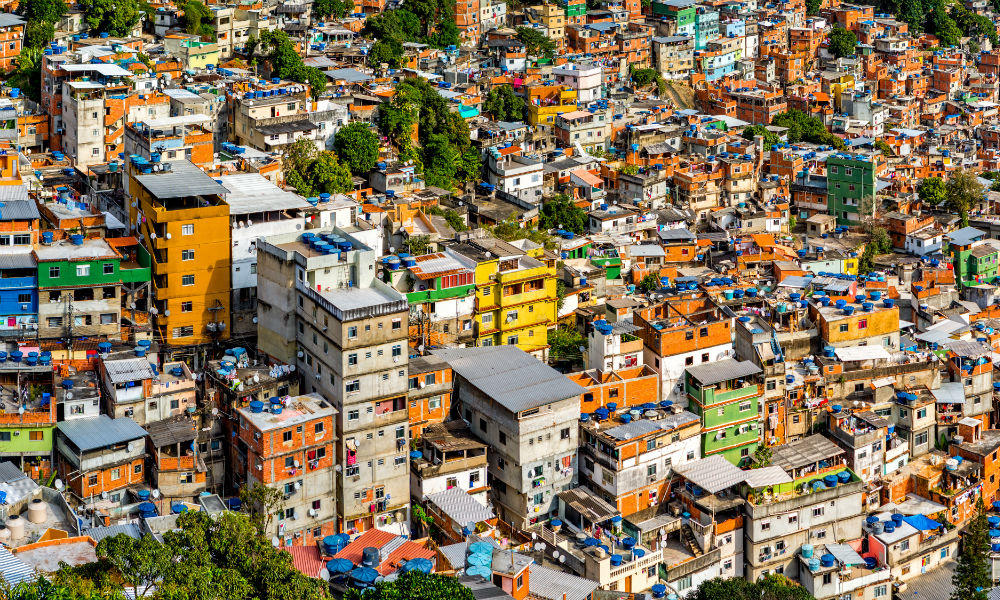
Most Colourful Cities in the World
In 2010, the Brazilian government involved Dutch artists to transform the city’s slums into a notable effort and make it into a well-known colourful one. The results were amazing, particularly in the Favela Santa Marta. Today, the neighbourhood of Favela Santa Marta is filled with local pride.
The fact that so many people were involved in making this slum one of the safest neighbourhoods in Rio de Janeiro may have given the idea that the area’s image was being forced to change. You will meet some of the people who are working to improve their neighbourhood in addition to viewing the vibrant murals that the Dutch artists painted.
2. Rainbow Village, Taichung, Taiwan

Most Colourful Village in the World
In the Nantun neighbourhood of Taichung, Taiwan, there used to be a town for military dependents called Rainbow Town. Once inhabited by 1,200 families, the settlement began to fall apart as the military presence in the region decreased. In an effort to rejuvenate the neighbourhood and prevent demolition, veteran Huang Yong-fu started painting murals on the walls of the residence in 2007. The public was immediately drawn to his vibrant artwork, and Rainbow Village swiftly rose to prominence as a tourist destination.
3. Burano, Italy

Most Colourful Cities in the World
Many people are aware that they must obtain approval from housing authorities before making significant improvements to their homes. Before even painting their homes, Burano inhabitants are required to obtain permission from the authorities. There is a riot of opposing colours as a result of the fact that no two houses next to one another are painted in the same manner.
Many tourists just remain in Venice for the day or at most just long enough to explore Murano, but Burano is frequently forgotten. This tiny island, where the old women still sit outside and twist and knot the beautiful lace the island is famed for, comes at the end of a 45-minute ride on the Vaporetto 12. It is populated by tiny buildings with vividly painted exteriors that were previously the homes of fishermen.
4. Bristol, England
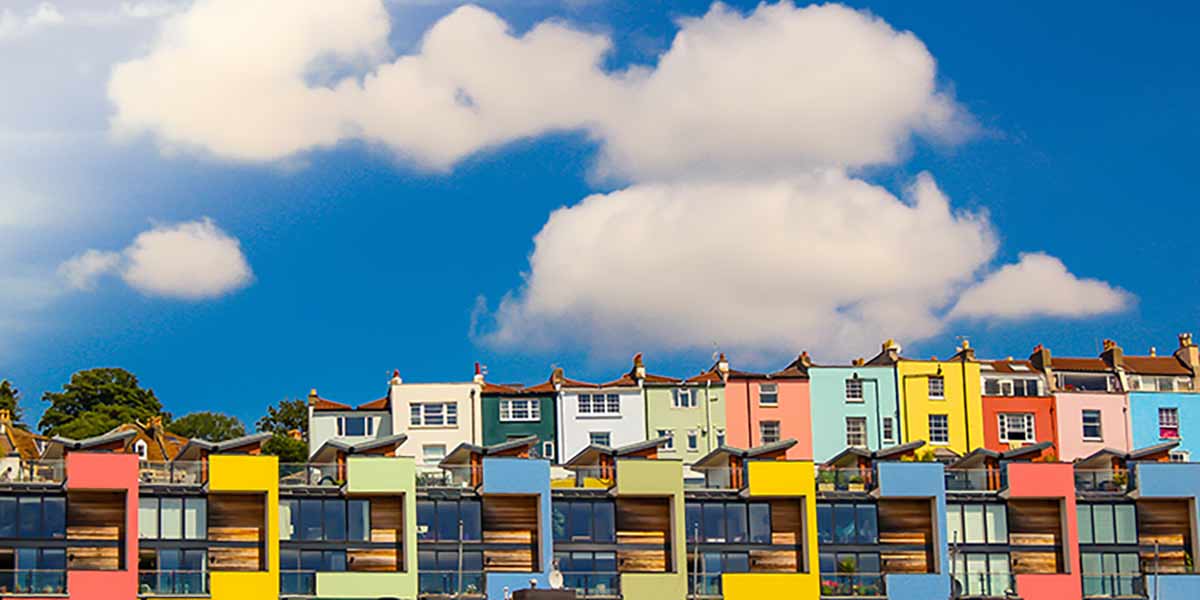
Most Colourful Cities in England
Bristol, a city in the UK that many people call home, delights many people every day with its vibrant homes. Buildings around the cliff edges of high-lying neighbourhoods in this hilly city have been painted in bright colours, standing out like cheery fence posts.
The river Avon has produced deep gorges nearby. Bristol has colour at every turn with its individually painted front doors and other features. And that makes you happy every time you go outside, despite the frequently rainy weather in the southwest of the UK.
5. Bo Kaap, Cape Town, South Africa
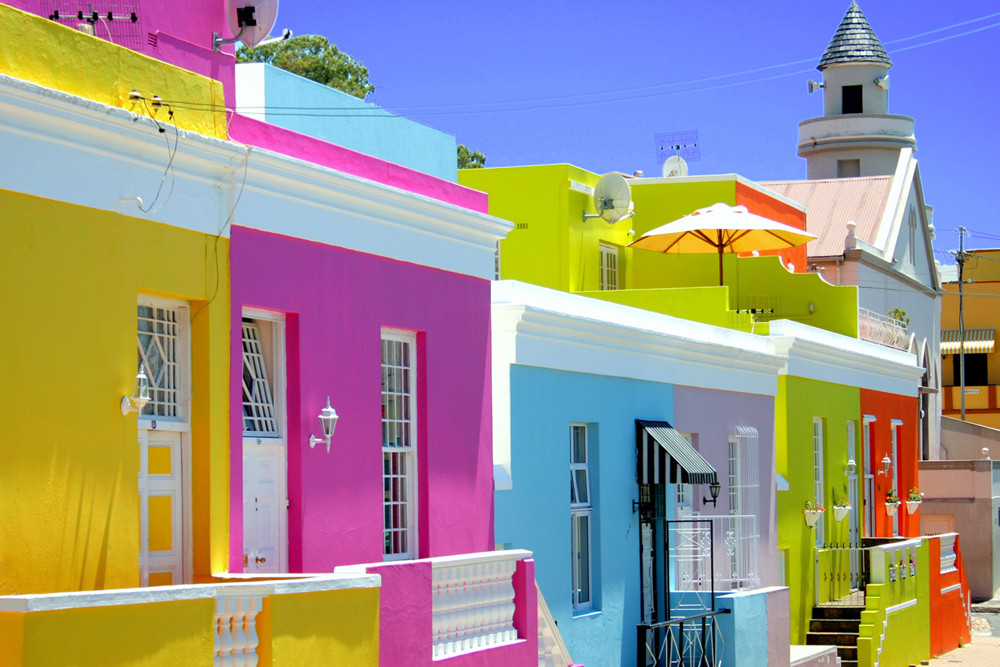
Most Colourful Cities in the World
Cape Town is known for its lavish homes that are sure to make an impression. Here, wealth and colour coexist together. Many are located in places with beautiful seashore scenery. Bo Kaap, a district in the heart of Cape Town, is a must-see location for tourists. Here, the colourful buildings aren’t only cheery, happy, and oh-so Instagrammable; they also reveal more.
Previously, slaves from the islands around Malaysia and Indonesia used to reside in this area. Their homes were white while they were still slaves, but after they were freed from slavery, they were able to paint them any colour they choose.
6. Little India, Singapore
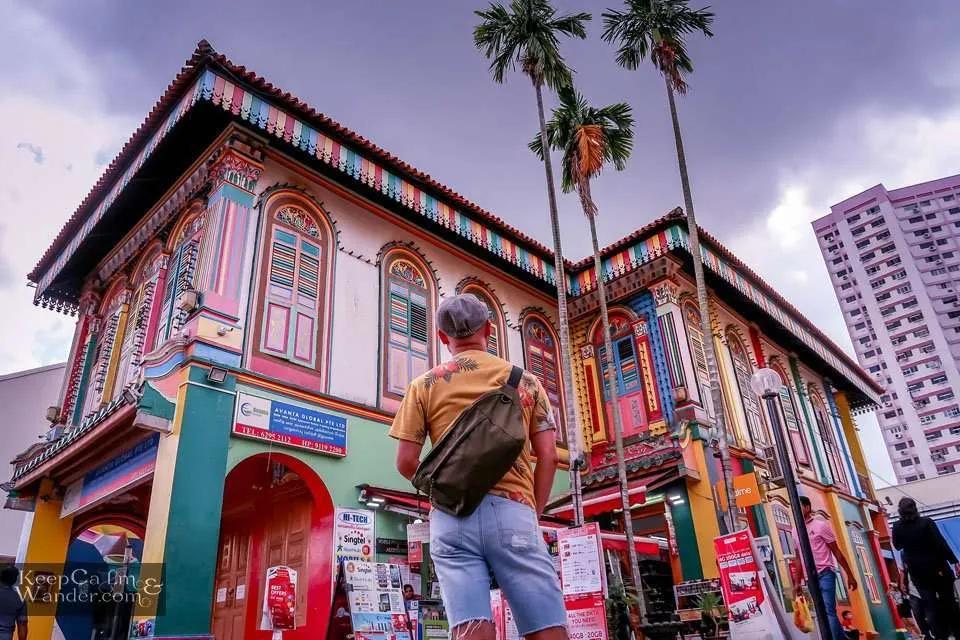
Most Colourful Cities in the World
Indian immigrants began arriving in Singapore, a city-state at the tip of the Malaysian peninsula, in the early 1800s. Since then, the region has possessed the same energetic and colourful environment as cities like Mumbai and Delhi. Along with the numerous Hindu temples, the Tan Teng Niah house is among the most popular tourist attractions.
7. Jodhpur, India
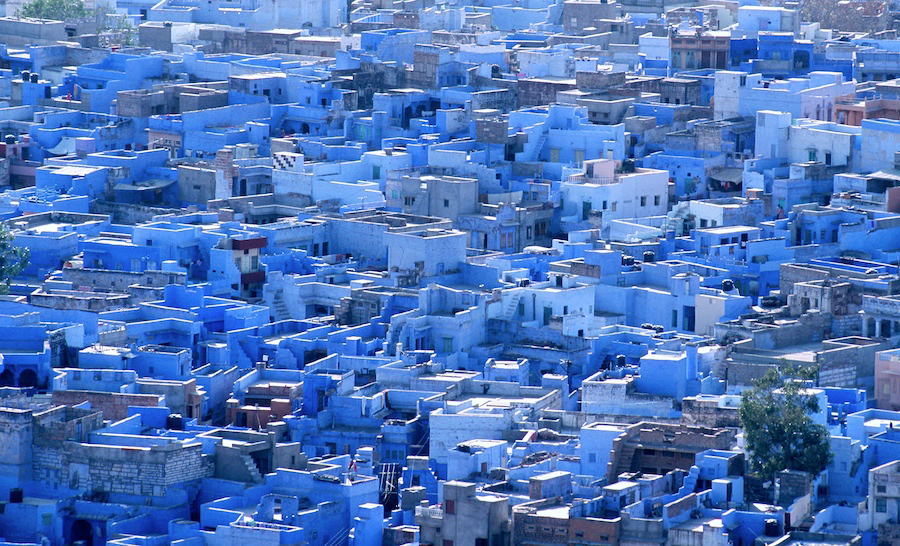
Most Colourful Cities in the World
Jodhpur, the second-largest city in the northern state of Rajasthan, is known as the “blue city,” and it is simple to understand why when you are standing atop the massive Mehrangarh Fort that dominates the city. The historic neighbourhood’s quirky dwellings are all painted a wonderful shade of blue.
There are many theories as to why, such that the colour deters termite infestations, keeps homes cool in the summer, or that Shiva devotees painted their homes blue because they believed it to be a sacred colour because Shiva’s flesh turned blue after being poisoned.
FAQ
What are the most colourful cities in the world?
- Rio de Janeiro, Brazil
- Rainbow Village, Taichung, Taiwan
- Burano, Italy
- Bristol, England
- Bo Kaap, Cape Town, South Africa
- Little India, Singapore
- Jodhpur, India
Why are these cities so colourful?
There are many reasons why cities are colourful. Some of the most common reasons include:
- Tradition: In some cases, the use of bright colours in architecture is a tradition that has been passed down for generations. For example, the colourful houses in Burano, Italy, are said to have originated in the 16th century, when fishermen painted their homes in different colours so that they could easily identify them from the sea.
- Climate: In other cases, the use of bright colours is a practical way to deal with the local climate. For example, the white houses with blue roofs in Mykonos, Greece, help to reflect the sun’s heat, keeping the interiors cool.
- Tourism: In some cases, cities may adopt a colourful aesthetic in order to attract tourists. For example, the colourful buildings in La Boca, Argentina, are a popular tourist destination.
What are the best times to visit these cities?
The best time to visit colourful cities depends on the specific city and its climate. However, in general, the best times to visit are during the spring and fall seasons when the weather is mild and there are fewer crowds.
What are some of the most popular activities in these cities?
Some of the most popular activities in colourful cities include:
- Walking tours: There are often walking tours available that will take you to the most colourful parts of the city and explain the history of the colours.
- Photography: The colourful buildings in these cities make for great photo opportunities.
- Shopping: There are often shops and markets selling souvenirs and local handicrafts in colorful cities.
- Food and drink: There are often restaurants and cafes serving traditional food and drinks in colourful cities.
More Articles on RNN
Top 10 World Most Populated Cities
7 Alluring Lakeside Cities Of The World
Top 10 Most Beautiful Canal Cities in the World 2023
Most Crowded Cities In The World (Top 10)
